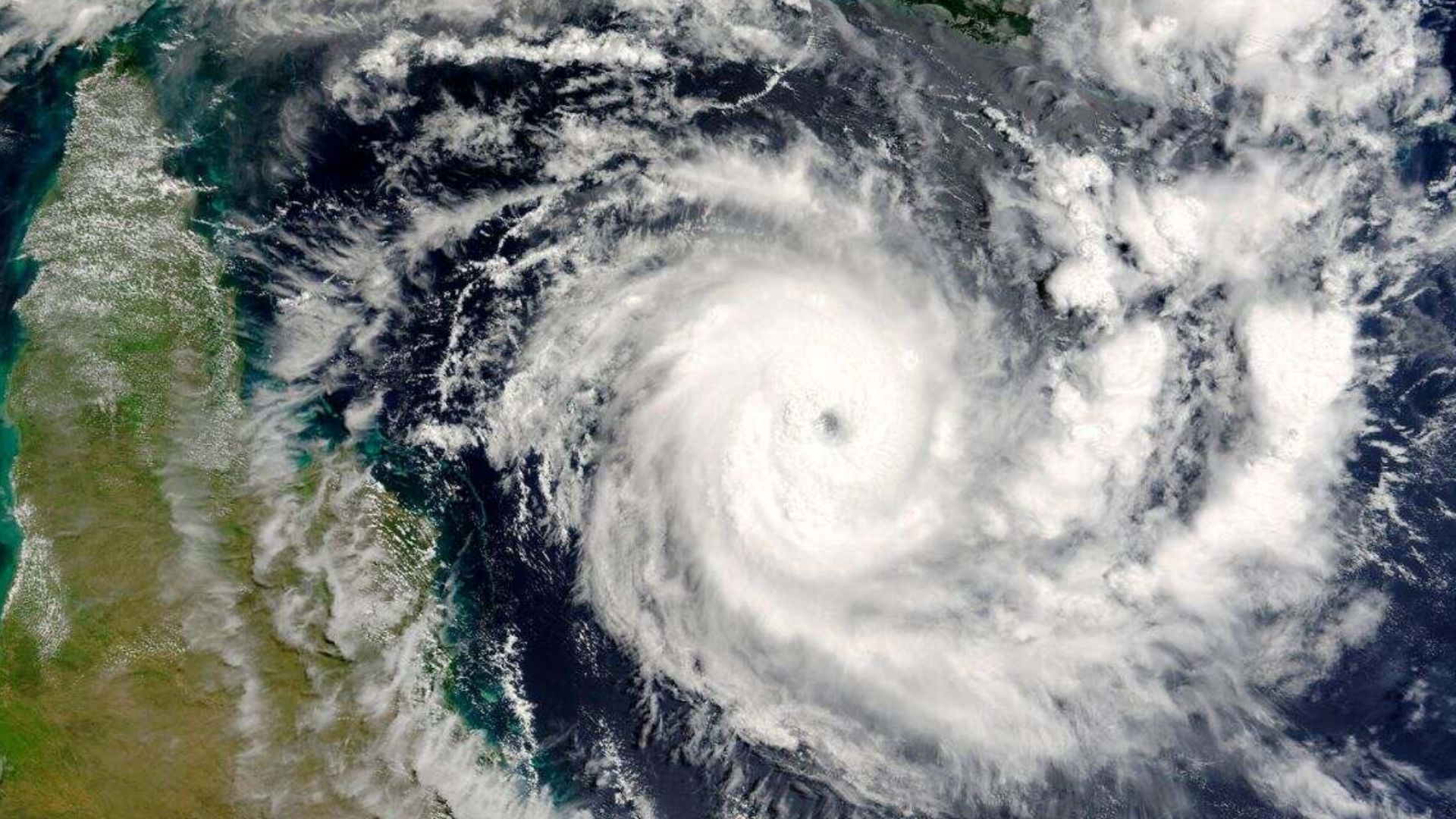Cyclones are one of nature’s most powerful phenomena, and Cyclone Mocha has recently caught the attention of weather enthusiasts, meteorologists, and residents in vulnerable regions. Understanding its formation, trajectory, and potential impacts is essential not only for safety but also for awareness about climate patterns and preparedness strategies.
This blog explores Cyclone Mocha weather, its expected path, intensity, and tips for staying safe during such severe weather events.
READ MORE : https://digitalmohit.co.in/category/news/
What Is Cyclone Mocha?
Cyclone Mocha is a tropical cyclone formed over the Bay of Bengal. Tropical cyclones are low-pressure systems that form over warm ocean waters, carrying strong winds, heavy rainfall, and storm surges that can cause significant damage to coastal areas.
Cyclone Mocha has been classified as a severe cyclone due to its high wind speeds and intense rainfall potential. Meteorologists have been closely monitoring its movement and strength to provide timely warnings to residents in affected regions.
Weather Forecast and Path
Meteorological agencies track cyclones using satellite imagery, radar systems, and weather models. Cyclone Mocha’s path indicates that it is likely to move across coastal areas, impacting several towns and cities along the way.
Key Weather Features of Cyclone Mocha:
- Wind Speed: Sustained winds are expected to range from 120 to 150 kilometers per hour in certain regions. Gusts may exceed 160 km/h, causing damage to weak structures.
- Heavy Rainfall: Areas in the cyclone’s path can expect torrential rain, leading to localized flooding, waterlogging, and disruption in daily life.
- Storm Surges: Coastal communities may experience elevated sea levels, which can flood low-lying areas near the shore.
- Temperature Drops: As the cyclone passes, a temporary drop in temperature may occur due to cloud cover and rainfall.
Regions Likely to Be Affected
Cyclone Mocha primarily threatens coastal areas bordering the Bay of Bengal. Authorities in these regions have issued alerts and are monitoring the situation closely. Residents of these areas are advised to:
- Stay indoors and avoid venturing out during heavy rainfall and strong winds
- Secure loose objects that can become dangerous during high-speed winds
- Stock up on essentials like food, water, and medicines
- Follow evacuation orders if issued by local authorities
Understanding the Science Behind Cyclone Mocha
Cyclones form when warm, moist air over the ocean rises, creating a low-pressure system. This system gathers strength as it moves over warm waters, drawing more moisture and energy. The rotation of the Earth causes cyclones to spin, resulting in the characteristic spiral bands of clouds and wind.
In the case of Cyclone Mocha:
- The Bay of Bengal’s warm waters act as fuel for the cyclone, allowing it to strengthen rapidly.
- Atmospheric conditions, including wind shear and humidity, influence the cyclone’s intensity and path.
- Meteorologists use computer models to predict the likely trajectory and potential impact areas, helping governments and residents prepare in advance.
Preparedness Tips
Being proactive is key to minimizing the impact of cyclones. Here are some steps residents can take to stay safe during Cyclone Mocha:
- Emergency Kit: Keep a kit ready with essentials like flashlights, batteries, drinking water, non-perishable food, first-aid supplies, and important documents.
- Stay Updated: Follow weather updates via radio, television, or reliable online sources to track Cyclone Mocha’s movement.
- Evacuation Plans: Know the nearest cyclone shelters or safe zones in your area and plan your evacuation route in advance.
- Secure Your Home: Tie down loose objects, reinforce doors and windows, and check the roof for loose tiles.
- Communication: Keep mobile phones charged and have a backup power source to stay connected during emergencies.
Environmental Impact
Cyclones like Mocha not only affect human settlements but also have ecological consequences:
- Coastal Erosion: Storm surges can erode beaches and damage coastal ecosystems.
- Marine Life: Strong winds and waves can disrupt marine habitats and fish populations.
- Agriculture: Heavy rains and flooding can destroy crops and affect food supply in nearby regions.
Understanding these impacts emphasizes the importance of disaster preparedness and climate resilience.
Conclusion
Cyclone Mocha is a reminder of nature’s power and the importance of staying informed and prepared. By understanding the weather patterns, expected impact, and precautionary measures, residents can reduce risks and safeguard their lives and property.
As the cyclone moves, following official advisories, taking safety measures seriously, and helping vulnerable neighbors is crucial. While cyclones are unpredictable, awareness and preparation remain the most effective tools for staying safe.
















Leave a Reply